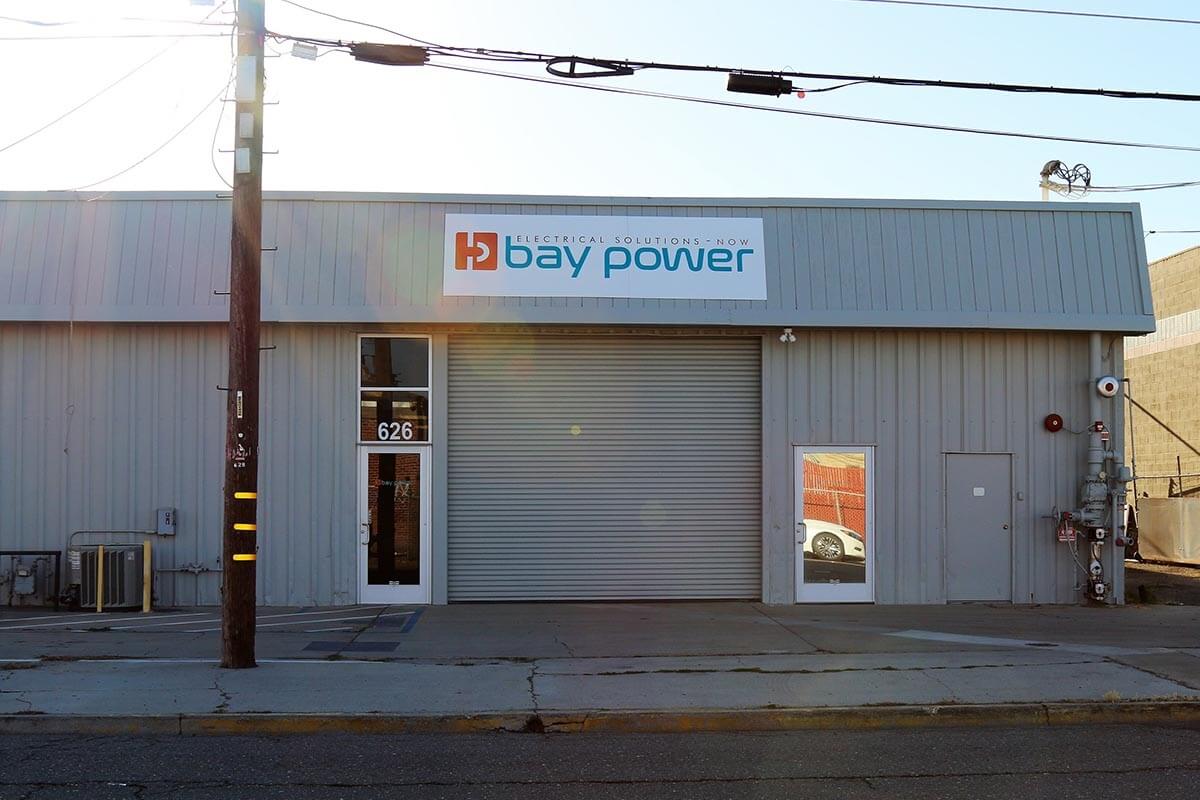Did you know that the US HVAC industry has a market size of $120 billion? There are more than 118,000 HVAC businesses in America that employ over 566,000 people.
You most likely use an HVAC system every day but do you know how an HVAC electrical system works? Knowing how to troubleshoot common problems and understanding HVAC components is crucial to keeping your system running.
Also Read: Money heist torrent
The following guide will explain everything you need to know about HVAC components and how they work. Read on to better understand how your HVAC system functions.
Central Split Systems
An HVAC split system uses different indoor and outdoor units. They are popular because they have great energy efficiency and a very high SEER rating.
Split systems offer both heating and cooling functionality. The outdoor unit uses both a compressor and a condenser. The indoor unit, known as an evaporator, sits inside and it’s often located in a closet or the basement.
Copper tubing connects the two units together. A blower pumps hot air to the evaporator and its coils absorb the heat. Then, the ducts send the cold air to your house or business.
Split systems are easily installed into the existing ductwork of buildings. Visit Bay Power for more detailed information about split system components.
Hybrid Split Systems
Hybrid Split systems alternate between electricity and gas power. They work similarly to split systems but they use less energy because of their hybrid capabilities.
The furnace turns on and uses fuel like natural gas or oil to produce heat. It heats the air and sends it through the ducts using a blower fan.
The air conditioning system turns on and uses electricity to produce cold air and lowers the temperature in the building.
Ductless Mini-Splits
Ductless mini-splits don’t require ductwork to cool or heat a building. Eliminating the need for ducts reduces energy loss and the systems work well for small areas.
Mini-splits use an indoor unit that is typically mounted on the wall and an outdoor unit that sits on the ground or attaches to a wall. The two units connect by using a small pipe.
The indoor unit functions similarly to an AC system’s evaporator unit. It sucks heat from the room and sends it to the outdoor compressor unit. The process reverses in cold months to heat the building.
Packaged HVAC Systems
These systems, package all the components into one unit. They are often placed outside against a wall or sometimes in the attic.
The packaged system has a blower to push cool and hot air into the building and pull untreated air into the unit. Ductwork circulates the air from the handling unit into the building and also sends it back out.
Geothermal HVAC
Geothermal systems are eco-friendly because they don’t use any fossil fuels. They’re also more energy-efficient than standard HVAC systems. For example, they limit the electricity grid load during peak hours in hot months.
Geothermal HVAC systems exchange heat with the ground. They transfer heat from a building to the ground during summers and reverse during winters.
Understanding HVAC Electrical
Now you understand different HVAC electrical systems and how they work to heat and cool buildings. Remember this guide if your system experiences issues and consider which parts might need repairs.
Please check out our blog for more helpful technology tips and tricks.









